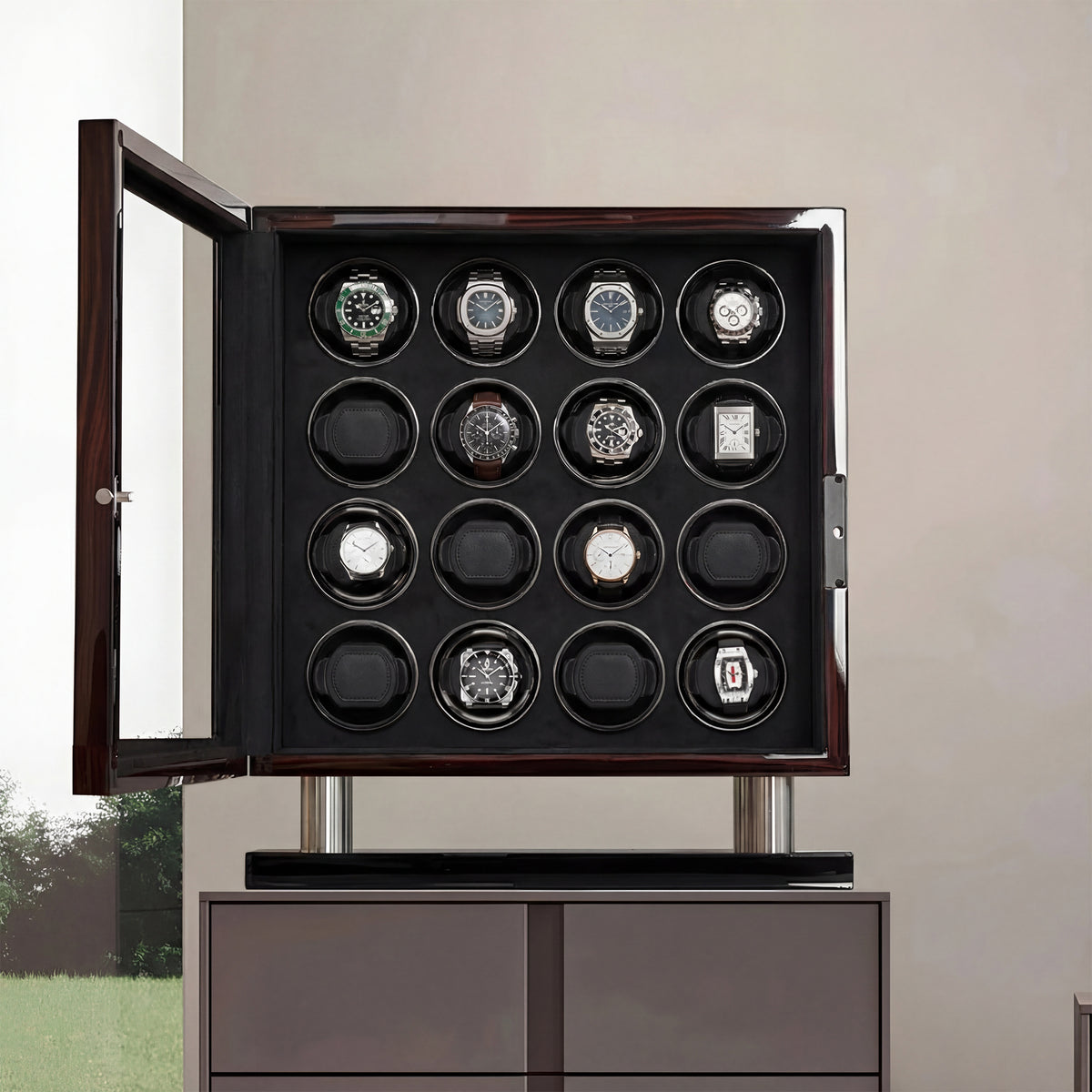Have you ever stopped to think about what truly defines a family heirloom? It’s not just an object that’s been passed down through generations. It’s a vessel of memories, a symbol of heritage, and a tangible piece of your family’s unique story. From antique jewelry and vintage furniture to cherished letters and old photographs, heirlooms are steeped in sentiment and history. These treasured items embody the connection to your loved ones and the traditions that shape your family identity.
But what is it about a family heirloom that makes it so significant? It’s not just about monetary value, it’s the emotional resonance and the stories these objects carry. Whether it’s a treasured piece of art, a timeworn recipe book, or a timeless watch, these items represent the bridge between the past and present, holding pieces of your family’s legacy within them.

What is a Family Heirloom?
A family heirloom is so much more than just an old item. It’s a timeless link to the people and moments that came before you. These objects tell stories that words often cannot, preserving the legacy of those who cherished them. Heirlooms come in all shapes and forms: a lovingly crafted piece of furniture, a sentimental piece of jewelry, or even a set of handwritten recipes from generations past. Each carries a unique story, enriched by the lives it has touched.
At its core, a family heirloom derives its significance from the emotions and memories it evokes. It’s not about the price tag or rarity but about the connections and traditions it upholds. These items are living symbols of your family’s history, reflecting values, love, and milestones that deserve to be remembered.

What Makes an Item a Family Heirloom?
Not every old item qualifies as a family heirloom. For something to be considered an heirloom, it must carry significant personal or familial value. It could be a valuable artifact like a grandfather’s pocket watch or something simpler, like a quilt your great-grandmother made by hand. The key factor is the sentimental or historical importance it holds within your family. An heirloom often tells a story, serving as a tangible connection to your family's past. It’s not always about the monetary value; it’s the histories, memories, traditions, and emotions tied to the item that make it irreplaceable. Whether it’s passed down for generations or holds a special moment in time, an heirloom is a piece of your family's legacy.

What Qualifies as a Heirloom?
Heirlooms often have these common traits:
- Emotional significance: The item evokes memories or stories about loved ones, serving as a tangible connection to the past.
- Cultural or historical importance: It represents a time, place, or family tradition, making it a meaningful artifact that embodies a family's identity.
- Durability: Heirlooms are built to last and can withstand the test of time, ensuring they can be passed down for generations.
This can include unique family heirlooms like antique jewelry, vintage furniture, or even cherished handwritten notes that hold sentimental value. And yes, heirloom watches are one of the most classic examples, often symbolizing a timeless legacy. If you're intrigued by the idea of preserving such a tradition, explore more about the significance of Heirloom Watch: Pass Down a Family Legacy that Lasts Generations and how it fits into the world of meaningful keepsakes.
In fact, heirlooms can be anything that holds deep meaning. For example, an old quilt stitched by a grandparent, a special recipe book, or even a set of tools used by a family craftsman. Their true value lies not in their monetary worth but in the stories and love they carry through the years.
Should You Keep Family Heirlooms?
The short answer? Absolutely, if they mean something to you. Heirlooms serve as tangible connections to your family’s past and can be passed on to future generations, carrying stories and memories that make them invaluable. That said, don’t feel obligated to hold onto something that doesn’t bring you joy or feels like a burden. It’s okay to prioritize what truly resonates with you.
You can also repurpose or donate items while preserving the sentiment in other ways, such as taking photos, documenting their history, or even incorporating a piece of the heirloom into something new. This way, the emotional value remains intact, but the item becomes more practical or manageable for your current lifestyle.

How to Store Family Heirlooms
Preserving family heirlooms requires thoughtful storage to ensure they last for generations to come. Here’s how:
- Use protective storage solutions: Place fragile items in acid-free boxes, padded containers, or safes to prevent damage.
- Keep them in a climate-controlled environment: Avoid exposure to extreme heat, humidity, or direct sunlight, which can degrade materials over time.
- Document and organize: Label each heirloom with its story, including its origin and significance, to preserve its legacy for future generations.
For valuable heirlooms like watches, jewelry, or important documents, keeping them in a secure safe is essential. A safe provides the necessary protection from physical damage and theft while ensuring your heirlooms remain accessible. Consider exploring a variety of safes designed specifically for storing treasured items, blending functionality and aesthetic appeal to suit your needs.

















